art SpaceX Falcon 9 landing burn
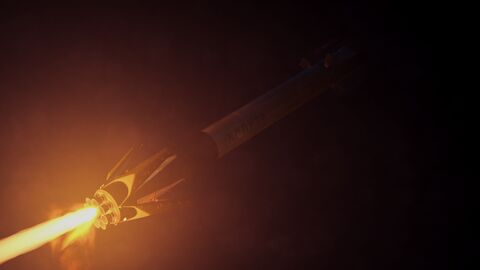

On May 2, 2017, Tom Mueller, propulsion CTO at SpaceX, conducted a speech/interview with some members of the New York University Astronomy Society. This was streamed live on Twitch; I’ve transcribed it with the help of u/dansemacabred2, u/jclishman, and u/Zucal. Many thanks!
Check out the interview on twitch.tv, and the post in the SpaceX subreddit.
Read more (38 min)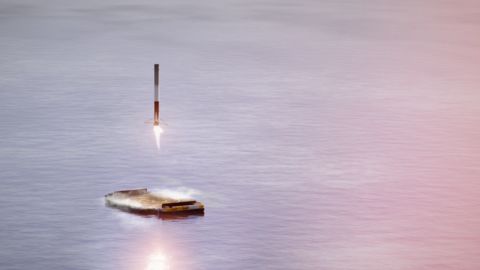
My rendition of a Falcon 9 booster landing on Of Course I Still Love You, SpaceX’s East coast droneship. This is a triple-engine landing burn; while SpaceX hasn’t performed a triple-engine landing burn since JCSAT-16, very heavy GTO payloads at the edge of Falcon 9’s capability may require triple-engine landing burns in the future.
Read more (1 min)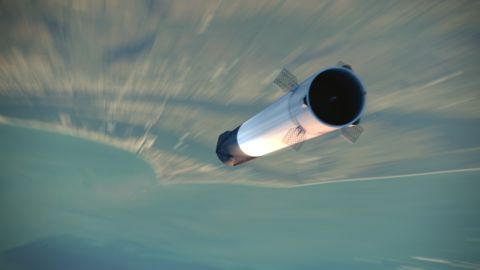
My rendition of a Falcon 9 booster returning to Earth after a launch. The four grid fins are guiding it towards its landing pad as it hurtles downwards at supersonic velocities.
In this image, the Falcon 9 is at about 40km in altitude (with entry burn shutdown having occured seconds earlier) and is less than thirty seconds from the start of the landing burn.
Read more (1 min) Visit project
Visit project
This is a 3D model of the SpaceX Falcon 9 rocket along with the Dragon 2 capsule. The Falcon 9 is in its landed configuration (but with the soot mysteriously washed off) and the Dragon 2 is in launch configuration (except for, you know, the “being on the rocket” part.)
Read more (2 min) Direct link
Direct link

This is a visualization of how much velocity the SpaceX Dragon capsule gains from the SpaceX Falcon 9 booster during a launch to the ISS.
Read more (1 min) Direct link
Direct link
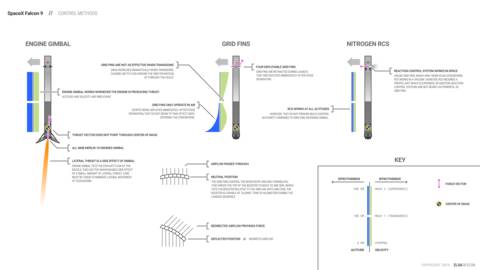
This infographic demonstrates the three methods of control used by the SpaceX Falcon 9 during its flight.
Read more (1 min) Direct link
Direct link

This infographic outlines the manufacturing and testing procedures for the SpaceX Falcon 9.
 Direct link
Direct link
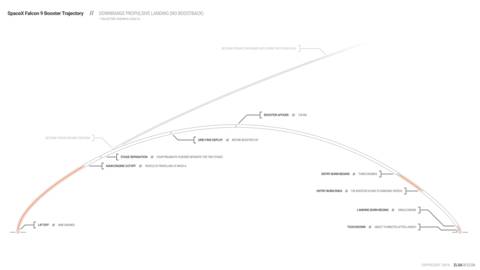
This is the approximate trajectory of the SpaceX Falcon 9 booster during a downrange propulsive landing (i.e. ocean landing) on the ASDS.
Note that this is the trajectory of a booster during a high-performance mission, and does not include a boostback burn. The approximate trajectory of a Falcon 9 landing with a boostback burn can be seen here.
Read more (2 min)